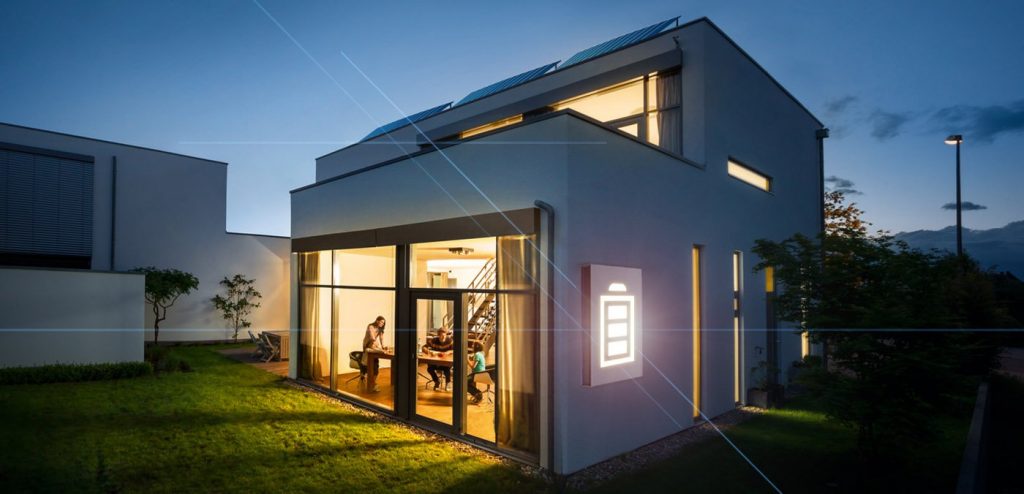
The Benefits And Types Of Solar Storage
The goal of solar storage is to store energy generated by solar panels so they can be utilized later. Energy storage has numerous advantages, from cost savings to serve a backup power source in the case of a grid failure.The key benefit of implementing a solar storage energy system is that you can use your solar energy even when the sun isn’t shining.
The Benefits of Pairing Storage and Solar
Microgrids and small applications, such as mobile or compact power units, can also benefit from solar storage. Sunlight insurance provides by storage. Some of the advantages of solar storage are-
- Balancing electrical loads – Without storage, power must produce and consume simultaneously, which may require grid operators to turn off or “curtail” generations to prevent over-generation and system reliability issues.
- “Firming” solar generation – Brief storing can ensure that rapid fluctuations in a generation do not significantly impact a solar power plant’s output. A tiny battery can ride out producing disruption caused by a passing cloud, assisting the grid in maintaining a “firm” power connection that is consistent and reliable.
- Providing resilience – Solar storage can supply power backup during an outage. It can keep vital facilities running to guarantee that services, such as communications, remain available.
Solar Storage Types
- Pumped hydropower is the most popular method of solar storage inside the power grid. However, the most commonly paired storage technologies with solar farms are chemical storage with PV plants and thermal energy storage with CSP plants.
- Storage through Electrochemistry
Many of us have used electrochemical batteries, such as those used in laptop computers and mobile phones. When electricity is applied to a battery, a chemical reaction occurs, and energy is stored.
- Thermal Energy Capture and Storage
Thermal energy storage refers to a group of technologies that use a fluid, such as freshwater, or another material to store heat. This thermal storage substance is then kept in an insulated container until it is needed.
- Solar Energy
Solar energy can build new fuels, which can then be burnt up or fed to provide power, essentially conserving the solar energy in chemical bonds.
- Virtual storage
Energy can also be kept by altering how we utilize existing equipment. For instance, by warming or chilling a building in front of an expected peak in electrical demand, the structure can “store” that thermal energy and avoid consuming energy later in the day.
Solar storage can play a significant role in assisting the grid in integrating additional renewable energy sources. By storing the power generated by solar panels and wind turbines for later use, solar storage can effectively shift energy supply to meet demand.

